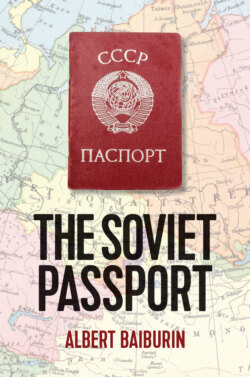Читать книгу The Soviet Passport - Albert Baiburin - Страница 24
9.
ОглавлениеIn my research I have used both published and unpublished sources. Among the former are legal acts and documents which appear in the Complete Collection of Laws of the Russian Empire; Collected Statutes of the Russian Soviet Federated Socialist Republic (RSFSR); Collected Laws of the USSR; Bulletins of the People’s Commissariat for Internal Affairs [USSR NKVD – the name of the Soviet secret police from 1934 to 1946, later to be called the KGB – Tr.]; collections of documents on the history of the Main Directorate of Labour Camps [GULAG – the system of Soviet labour camps, which was hugely expanded under Stalin – Tr.]; Soviet militia (police) reports; and reports from the higher bodies of the Communist Party and state apparatus. I used also Soviet publications from the 1930s to the 1990s (among others the newspapers Pravda, Izvestiya, Trud and Smena) as well as memoirs relating to various periods of Soviet history. In order to examine ‘the passport myth’, I needed also to look at fictional examples where necessary. Sections which deal with the history of the Soviet passport system and the completion of passport details are based principally on archive materials (mostly from the State Archive of the Russian Federation (GARF) and the Russian State Archive of Socio-Political History (RGASPI)), taking into account published sources and research on Soviet history.
In order to examine how the passport was used, I relied heavily on the interviews carried out between 2007 and 2011 which were conducted as part of the project National Identity in Russia from 1961: Traditions and Deterritorialisation (made possible by a grant from the Arts and Humanities Research Council (AHRC), under the leadership of Professor Catriona Kelly). These interviews, it should be noted, cannot be regarded as wholly reliable or accurate witness statements, even though they were recorded with people who had life experience of the Soviet passport. They are better described as reminiscences and, as with all reminiscences, they inevitably alter the past (for information about the interviews, see the Appendix).
